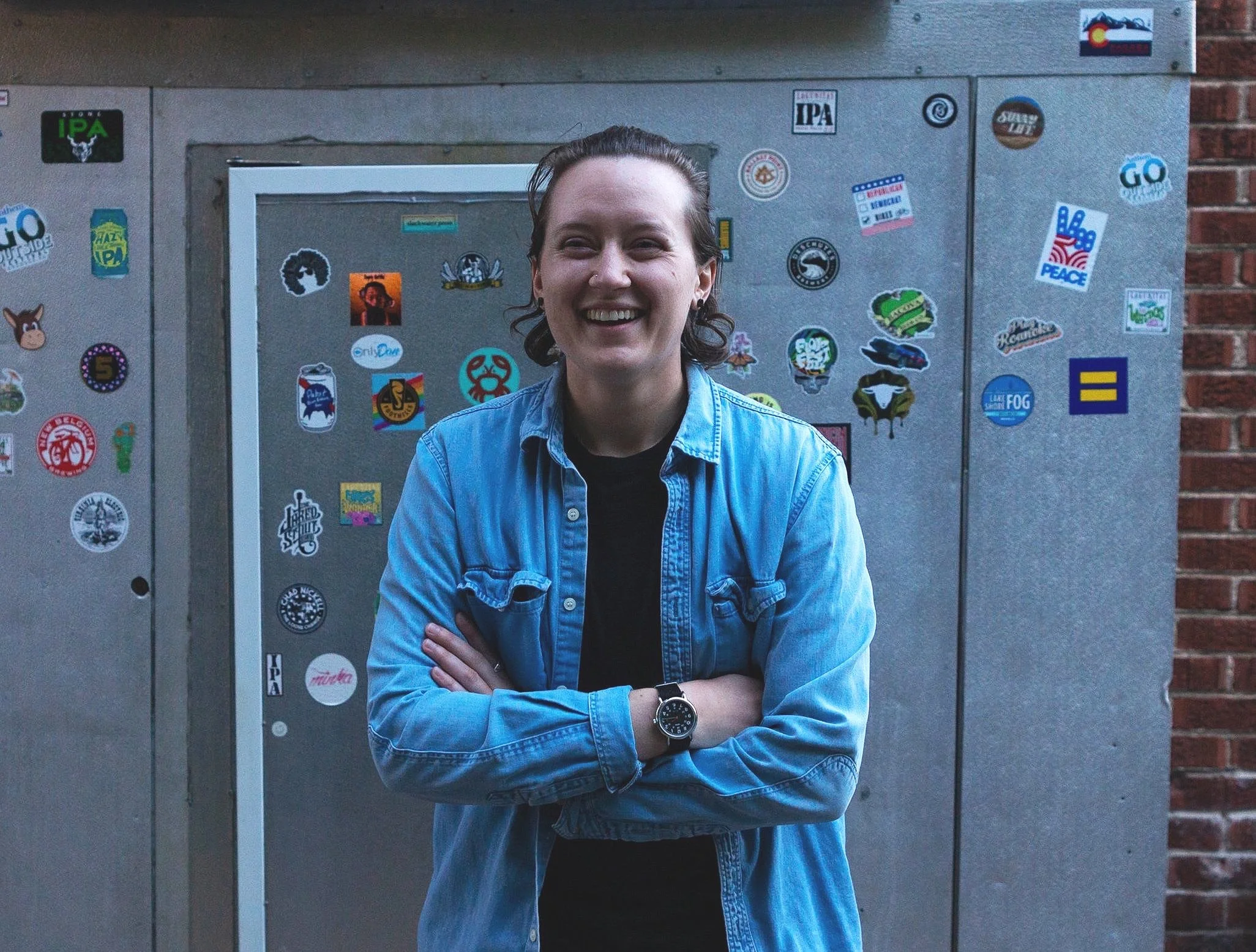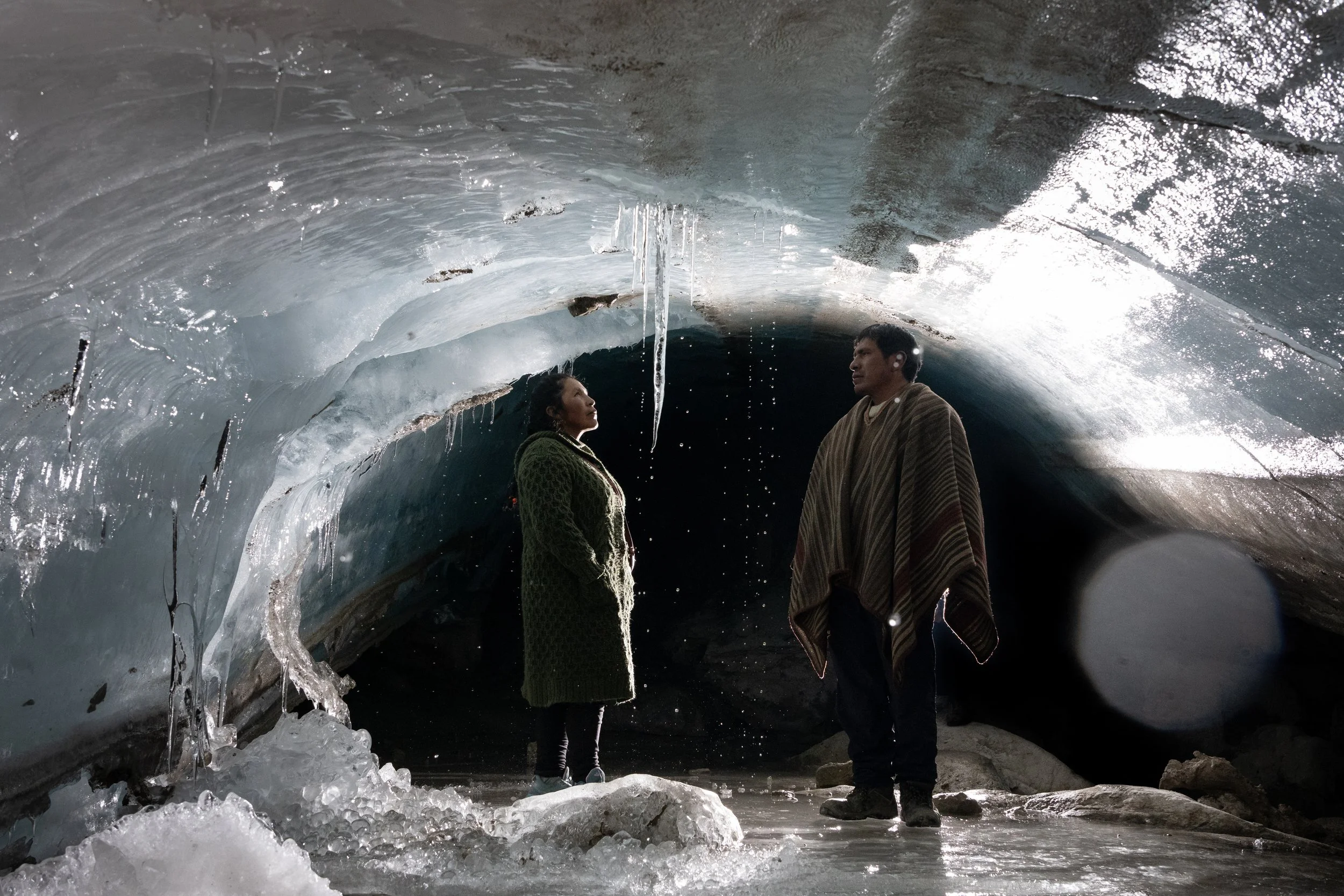Avoiding eye contact. Being submissive. Losing the sense of time. Having no freedom to leave or come. Being in poor physical health. Working excessively long hours. These are only some, of the many signs that a person in forced labor conditions could demonstrate or develop. In order to increase consciousness of the problem and to promote and protect the victim's rights, the United Nations chose July 30th as the World Day against Trafficking in Persons, by a resolution adopted in December 2013.
According to the United Nations, human trafficking can be briefly defined as a person having control over another person, for the purpose of exploitation, that could be sexual, slavery or practices similar to slavery, forced labor or services, servitude or the removal of organs. In other words, this is a modern way to enslave someone, and it happens in all of our backyards. Human trafficking has risen to become the world's second largest illegal trade worldwide.
If we consider the area of Central and East Africa, Kenya has the highest rate of human trafficking. To fight against this brutal reality, a passionate group of lawyers, missionaries, and humanitarians founded in 2010 the Awareness Against Human Trafficking (HAART), a non-governmental organization that works with the purpose of ending human trafficking in the country, with base in Kenya's capital, Nairobi.
"30th of July is World Day against Trafficking in Persons and we think creating awareness with the pictures and case studies would help drive the message of a public campaign," says Sophie Otiende, one of HAART's staff who is facilitating the event. Sophie is a survivor and advocate as well. She says it will be "an outdoor exhibition that will include the stories of victims to familiarize people with the issue of trafficking and the fact that it is close to them. The exhibition will be held in front of the Kenya National Archives in the city centre from Friday to Sunday."
PHOTO: Rehema Baya "Borders of Time," 1 of 6.
Rehema Baya is a talented Kenyan photographer and HAART staff member who is participating in the exhibition this year. "For the story this year, I first chose a triangle to represent origin from my mathematical background. I chose a girl within my age bracket who was living with albinism. I wanted to feel what my life would be like if I was her. And I knew that life would go on as usual but it would be constricted by society. Constricted because she is a target. People see her and they see profitable pieces of flesh and not a human being. This would be at school, whilst practicing her craft as a photographer, at work, in her place of worship, on her wedding day and when she finally has a child with the same condition as her. It is a very lonely constrained life full of insecurity but she doesn't stop living. She lets herself experience everything that life has to offer her even though it is in her own little world.''
Composed of six images that form the series "Borders of Time", the project depicts a girl who lives with albinism "where she has a baby who has the same condition as her, but she loves and enjoys life all the same despite security/death risks," explains Baya. "I wanted to feel what my life would be like if I was her. And I knew that life would go on as usual but it would be constricted by society. Constricted because she is a target. People see her and they see profitable pieces of flesh and not a human being", said Baya. "It is a very lonely constrained life full of insecurity but she doesn't stop living. She lets herself experience everything that life has to offer her even though it is in her own little world."
PHOTO: Mattie Simas "Faces Behind Atrocities" 1 of 7
PWB Photographer Mattie Simas travelled to Nairobi recently and came out with her own body of work. The project called “Faces Behind Atrocities” are portraits of seven women from 13 to 16 years old, coming from four different nationalities, who have been rescued from trafficking and are in the healing process. The survivors were photographed with colored Carnival masks, an interesting contrast between their pain and the joy of a party like Carnival. Simas says that the objective was to hide their identities because of the fear of their perpetrators finding them, and also for the stigma that surrounds human trafficking. The photographer also provided the victims with a forum for healing through art, by having each woman recording a written testimony of how they were lead into trafficking and the barbarities they faced.
"The idea that a direct human connection can be made through the windows of someone’s soul was a concept that I felt was important to capture. The survivors and I agreed that their eyes needed to be revealed", she explained. Each survivor was given the choice as to which mask best represented them best. I provided the lighting concept and all survivors agreed the representation of darkness was important to execute (...) Everyone was given a platform to exercise their voice, opinions, and their right to decide. I believe the whole process was a successful therapeutic exercise".
PHOTO: Mattie Simas "Faces Behind Atrocities" 1 of 7
Art breaks barriers both in creating awareness and healing. It is a simple tool that people enjoy interacting with. We hope that people will start talking about human trafficking more and be able to identify that it is happening around them. Most people always believe trafficking happens somewhere else including here in Kenya. Awareness is key and simple. Everyone can take a minute and talk about trafficking in their own space. You can also join the movement by promoting and supporting organizations that work to fight human trafficking.
If you or someone you know is a victim or survivor of human trafficking, you are not alone and there are resources available to you. HAART's helpline: +254780211113
To learn more about HAART Kenya, please click here.














